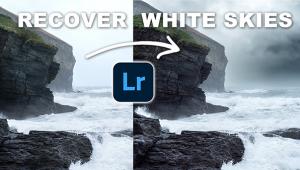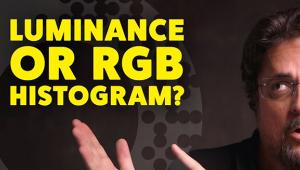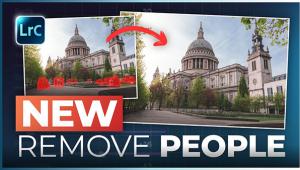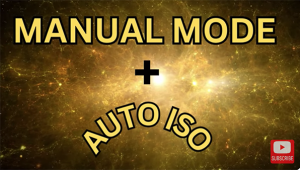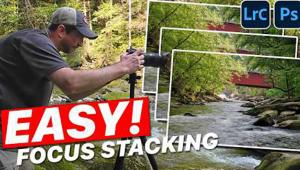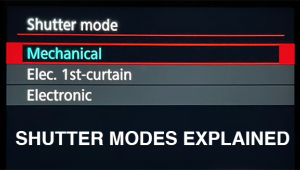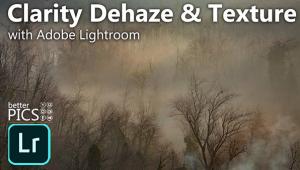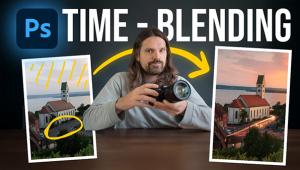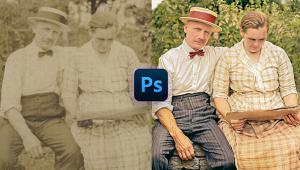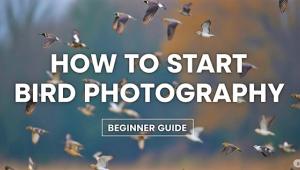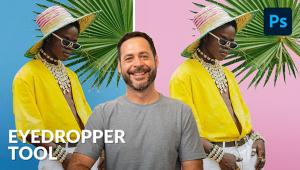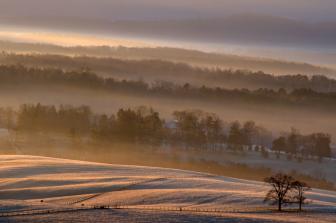One Concept Most Photographers Get Wrong (VIDEO)
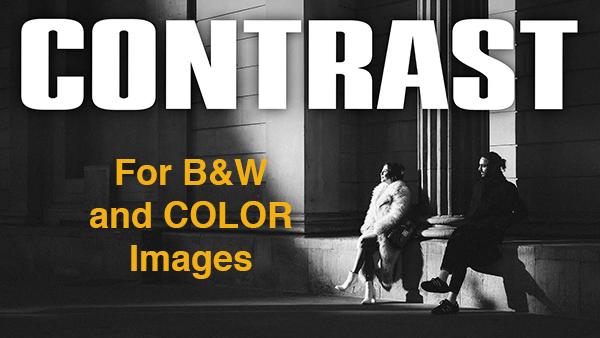
If we asked you to name the "one concept that 99% of photographers get wrong," it's doubtful that contrast is the first thing that comes to mind. According to photographer James Parsons, however, this is a critical element that should never be ignored.
Parsons is a very successful pro who travels the globe for a long lists of clients. He's also a popular instructor whose lessons enable less experienced shooters up their game by learning the powerful techniques he's developed throughout the years.
In simple terms, says Parsons, contrast represents the tonal difference between opposing elements that are close together in the frame. This episode covers everything from the fundamentals of today's topic, to "high-level professional concepts and ideas." He also provides examples of several ways pros use contrast for maximum effect.
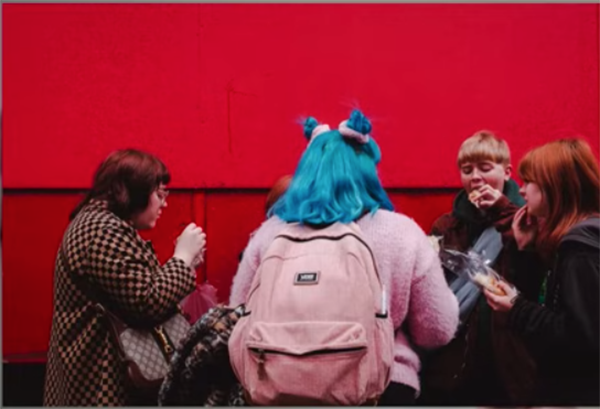
Parsons begins with an interesting observation about how people view photos and where their eyes go first. He says we're typically drawn to the area within a scene that displays the greatest "\visual pull," in other words, the most eye-catching part of an image. And more often than not, the visual target is an area of high contrast.
There's a discussion of what Parsons refers to as "detail contrast" and he describes it like this "If we use a wide aperture setting we're creating a difference in detail between our subject and the background that mimics what we see with our eyes because such a small area is really in focus before our eyes compensate by making it feel that everything is relatively sharp."
Parsons then explains how to accurately evaluate the difference between the lightest and darkest areas of a shot, and how to respond accordingly. He includes a couple diagrams that illustrate his points, so take a look at these and see where your eyes go at first glance.

Color contrast is another important consideration, and Parson's demonstrates how to put this key element to work. Parsons illustrates why this technique is most appropriate for photographs with a limited color palette. Simply put, concentrate on a limited part of the color wheel and you're all set.
At this point you're only midway through this game-changing episode so there's much more to learn. Parson's popular YouTube channel is a great source of instructional shooting and image-editing tutorials like this one.
On a related note, be sure to watch the recent tutorial we featured that demonstrates how another expert uses midtone contrast during post processing to pump up the impact of dull, uninspiring outdoor photographs.
